
Ceramic Guitar
As part of my bachelor's degree, I was wondering if the concept of an acoustic guitar had anything new to offer. I followed two different paths in parallel, thanks to which the work resulted in two instruments. The starting point of the first concept was the non-obvious material of the sound box, and in the second concept inspiration was the mechanism on which the sound box works. The common element of both instruments is a neck based on the concept of a clamp.

I started with blank slate with no knowledge of guitars, playing and luthiery whatsoever. The design process that resulted in the design of the instrument consisted of many stages. I was conducting them in parallel, returning to them, supplementing them and gaining new informations. New conclusions were emerging and generating changes.

I traced and analyzed the history of instrument development over the centuries. I have listed the factors influencing their development. I also analyzed the construction of the guitar, the mechanism of its operation and detailed the factors affecting its sound and ergonomics.

Before I started the design work I checked if the concept had a chance to work and what I should pay attention to. For this reason I made a test ceramic guitar using parts from an old Defil Jazz guitar.
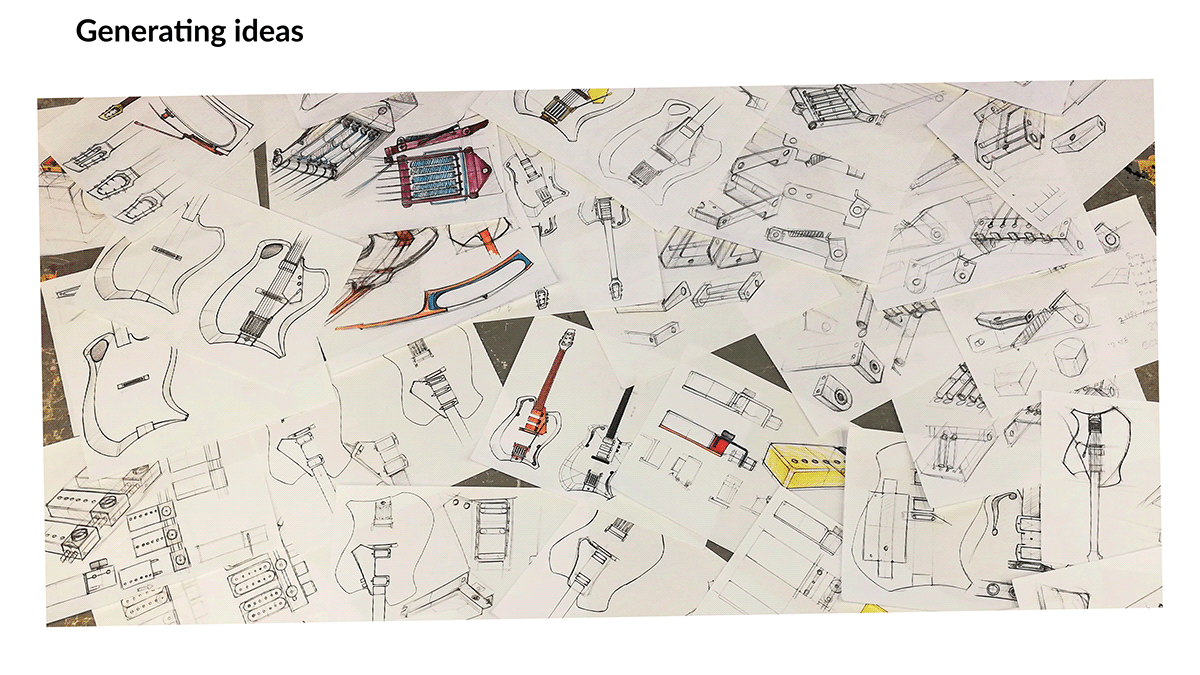



Guitar Design
In this concept the starting point of work was the non-obvious material of the sound box which is ceramics. It’s properties and requirements dictated the shape of the body. It’s hard to make large flat surfaces out of ceramics whithout deforming so the body of the guitars has very little of them. This requirement is also a advantage because it gives more freedom in shaping the body than wood. It resulted in highly ergonomicaly shaped guitar which was also needed because of weight of ceramics which needs to be optimally distributed on the body of the guitarist.


The unique design feature of this guitar is the construction of the neck. To mount the ceramic soundbox in the wooden neck it must first be stretched. The next step is to set the body, carefully loosen the neck and stretch the strings. At this point the soundboard is held in the wooden clamp by the tension of the wood and strings. No glue is required

This guitar could be played acoustically and amplified electrically. In standard version it uses two piezoelectric pickups, one mounted inside the body and second mounted under the bridge. In Vibrato version there are also piezoelectric pickups but there is also a electromagnetic one mounted to the neck of the guitar.

Daily long hours of intense playing could result in diseases, injuries, and posture defects. I wanted to reduce this risk and increase the musician's comfort during exercises. For this reason I paid special attention to ergonomics during the design process.
The instrument offers the possibility of playing in the popular position (on the knee) and in the classical position. In the classic position there is no need of using any guitar stools to play comfortably.
The neck is raised almost high, which makes it easier to press down the strings. They are therefore not pressed down solely by the use of muscle power, but also by the weight of the limb. The musician's posture is upright.

Besides the shape of the guitar it has other features to reduce fatigue. Frets of the guitar are positioned in a way that arranges the wrist in more natural and less stressed way. Neck of the guitar has also a asymetrical profile that is more fitted to the shape of human hand than traditional profile. It also provides support for the thumb in places where it is most often needed.
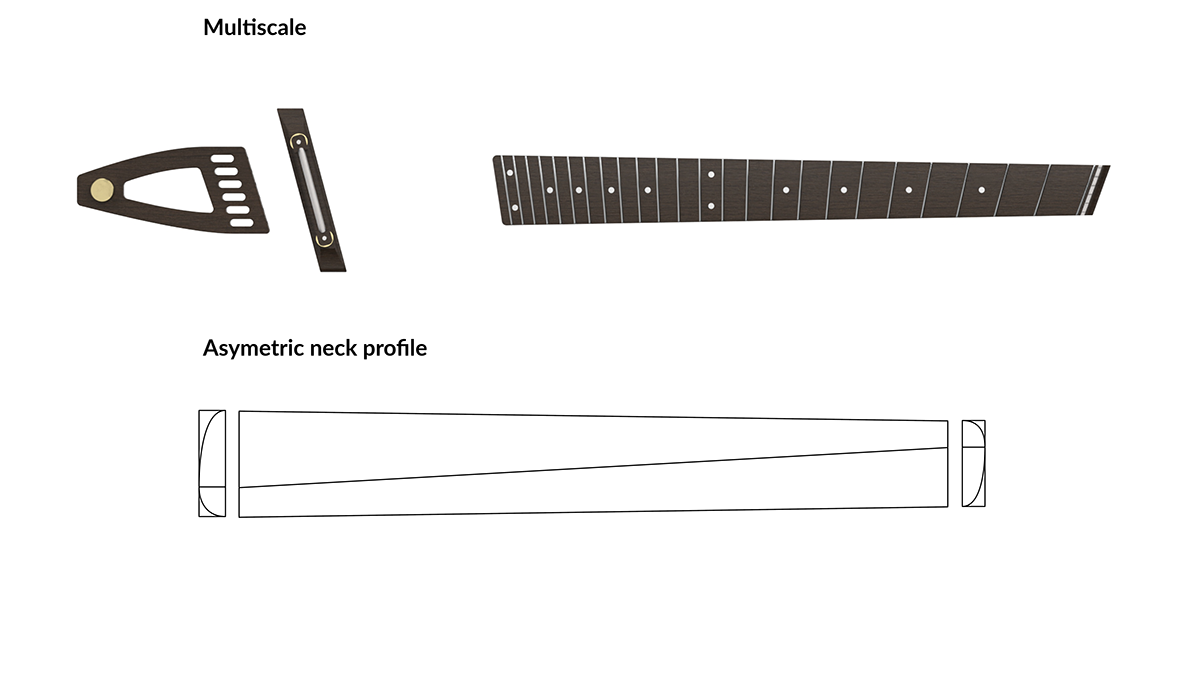
Ceramic Guitar Standard

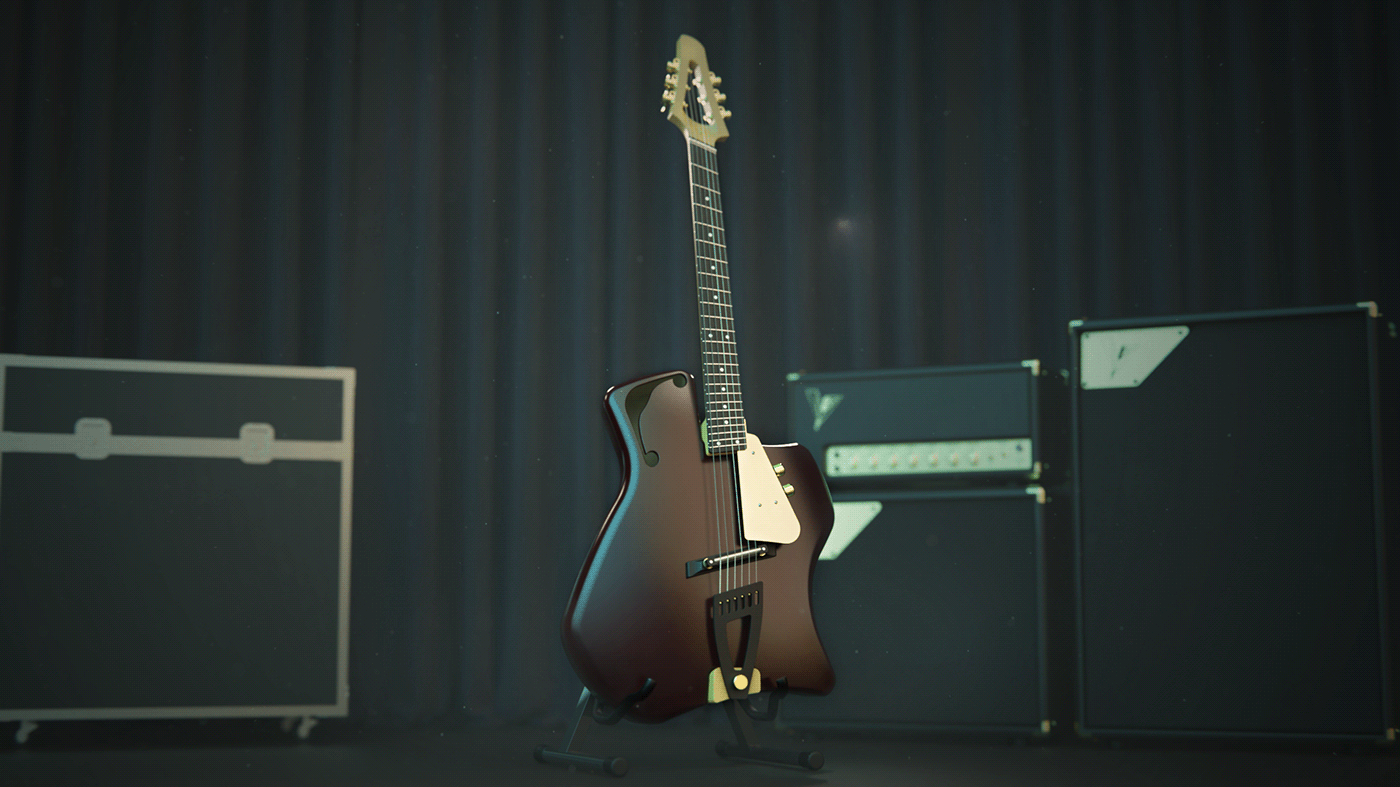








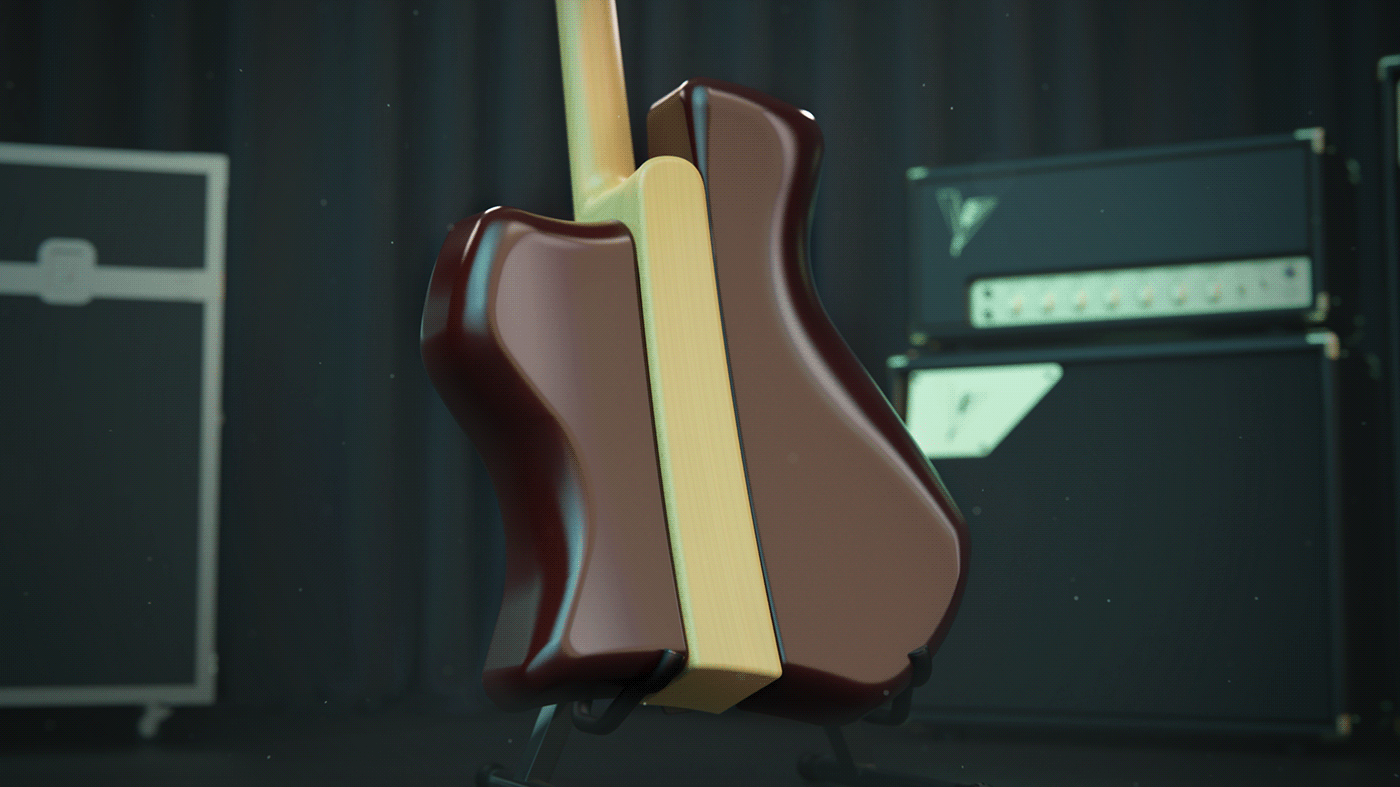

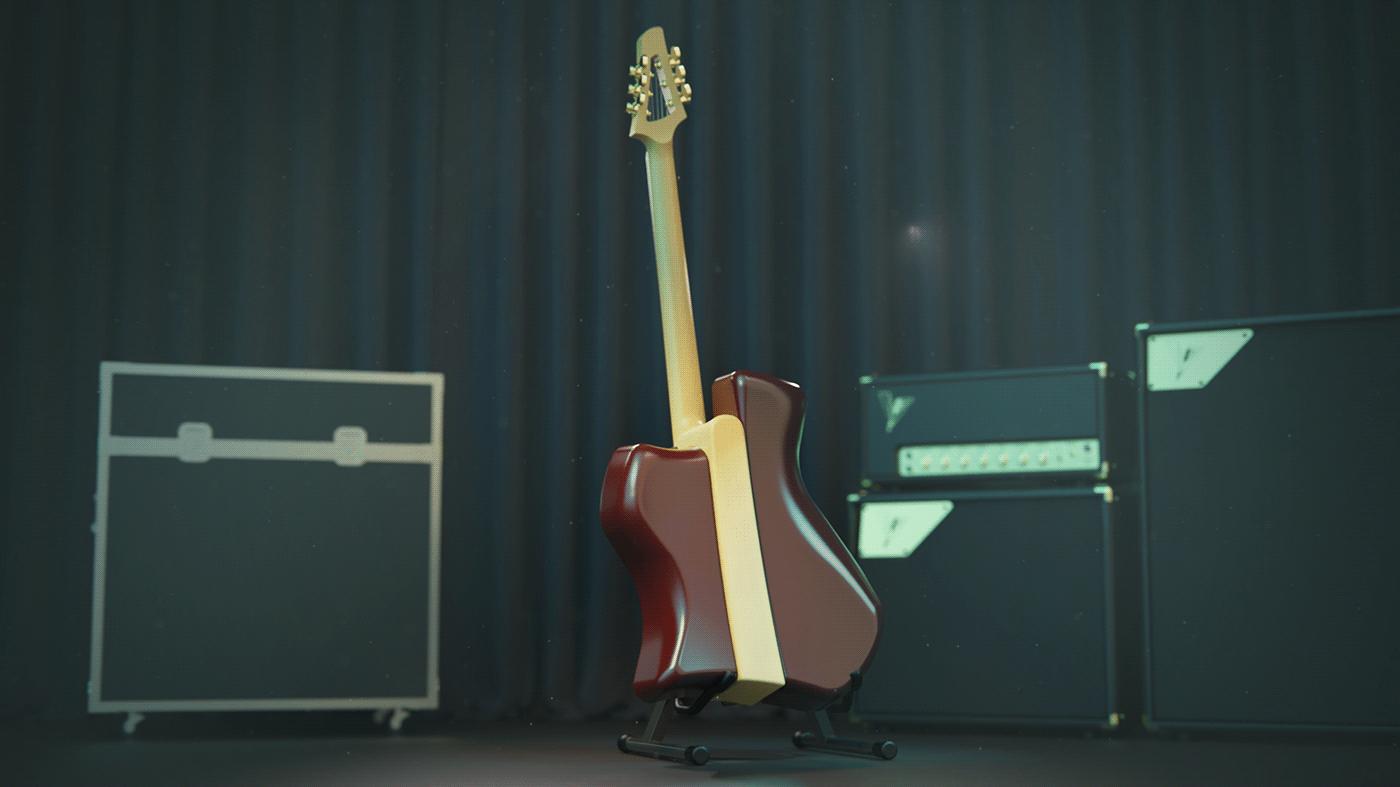
Ceramic Guitar Vibrato
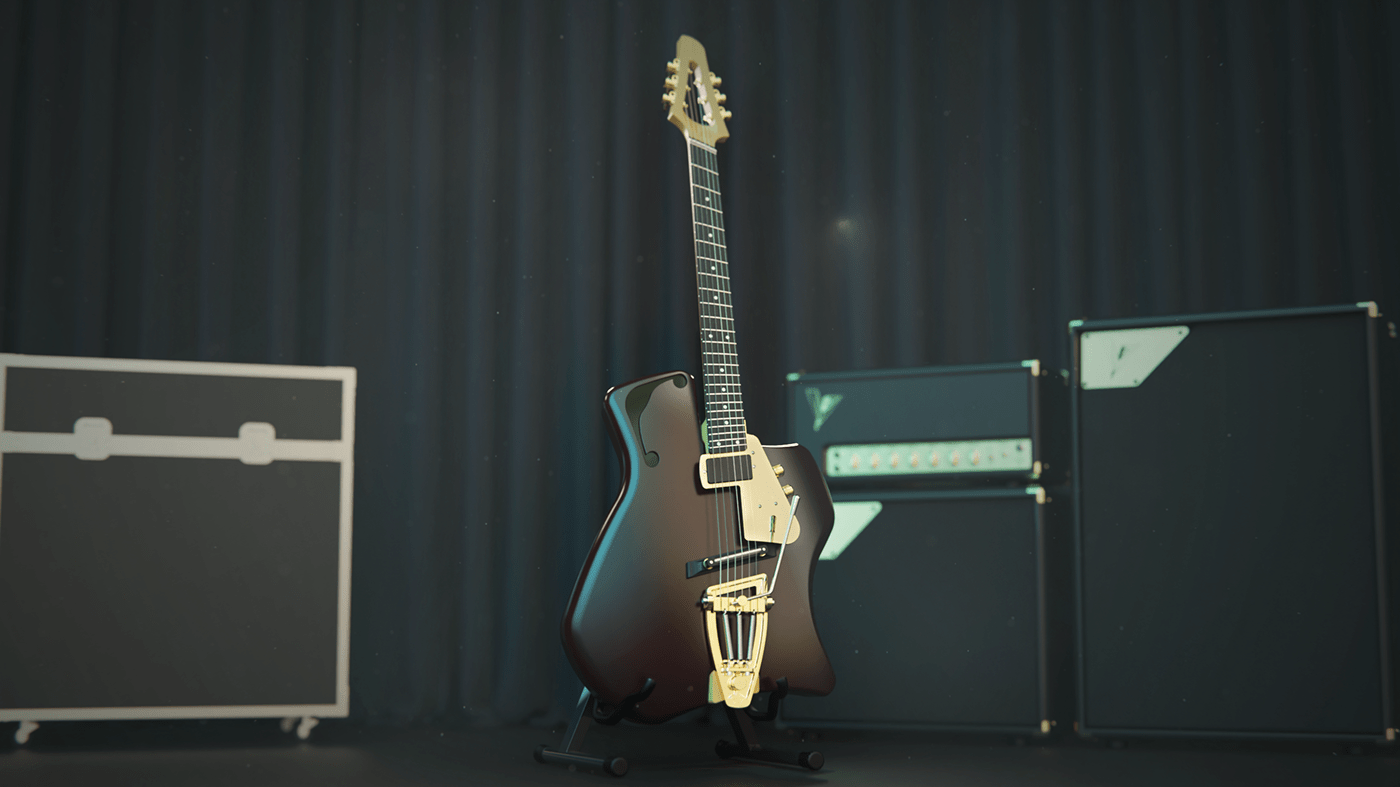




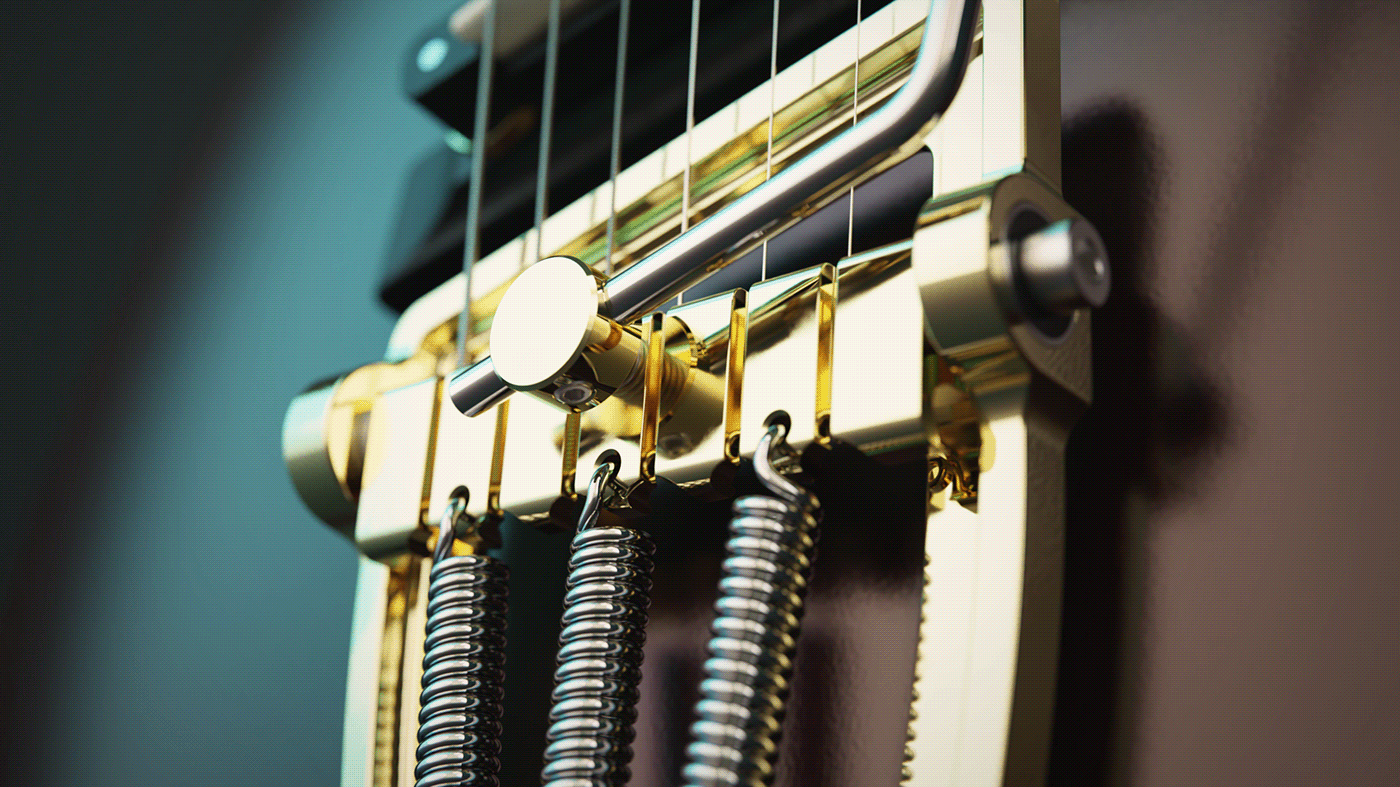

Mateusz Góralczyk
Bachelor degree project 2019-2020
Project of experimental string instrument inspired by classical guitar
Supervisor: prof. dr hab. Czesława Frejlich
Consultant: mgr. Karol Cyrulik
Reviewer: dr Jakub Gołębiewski


